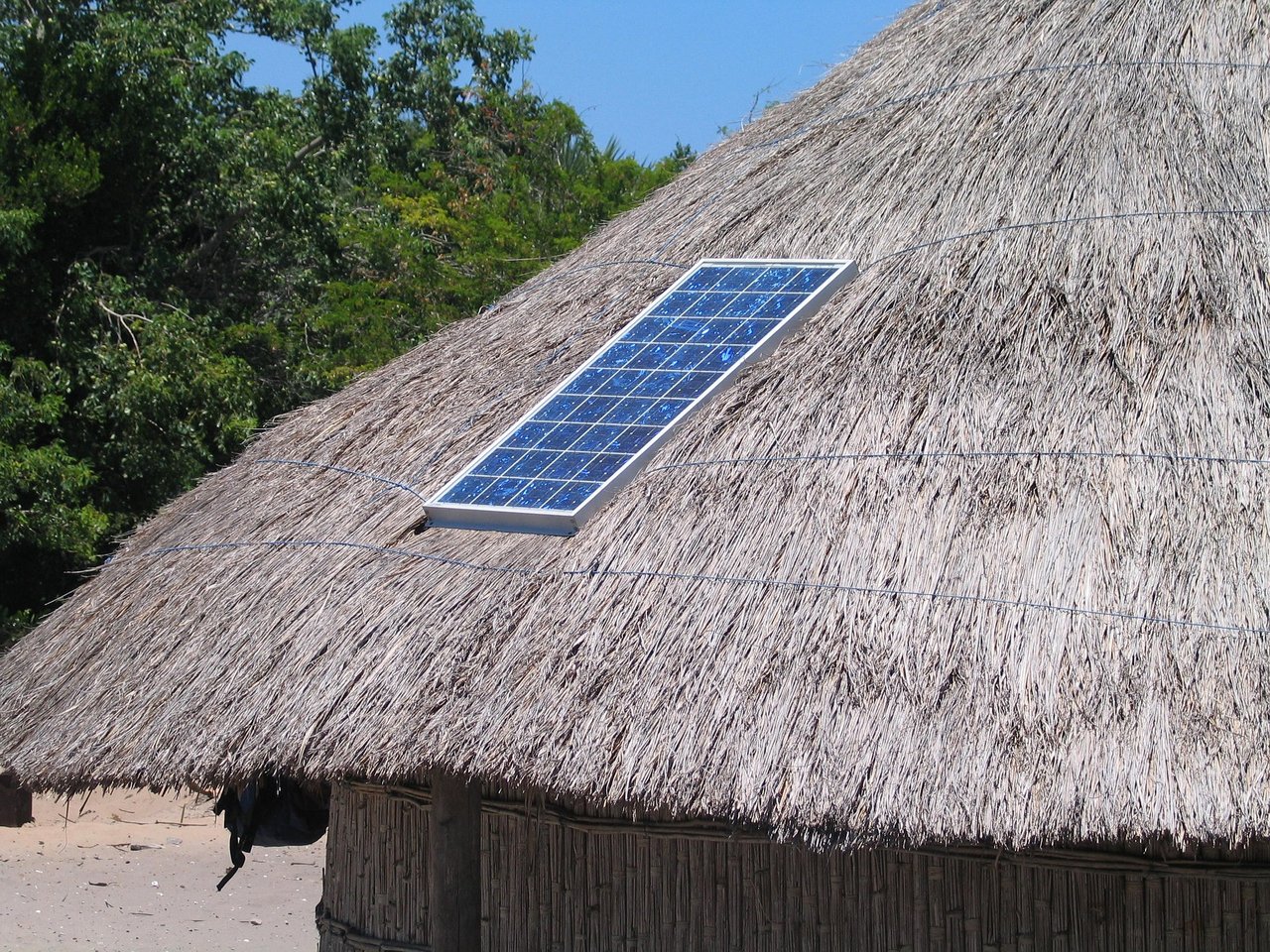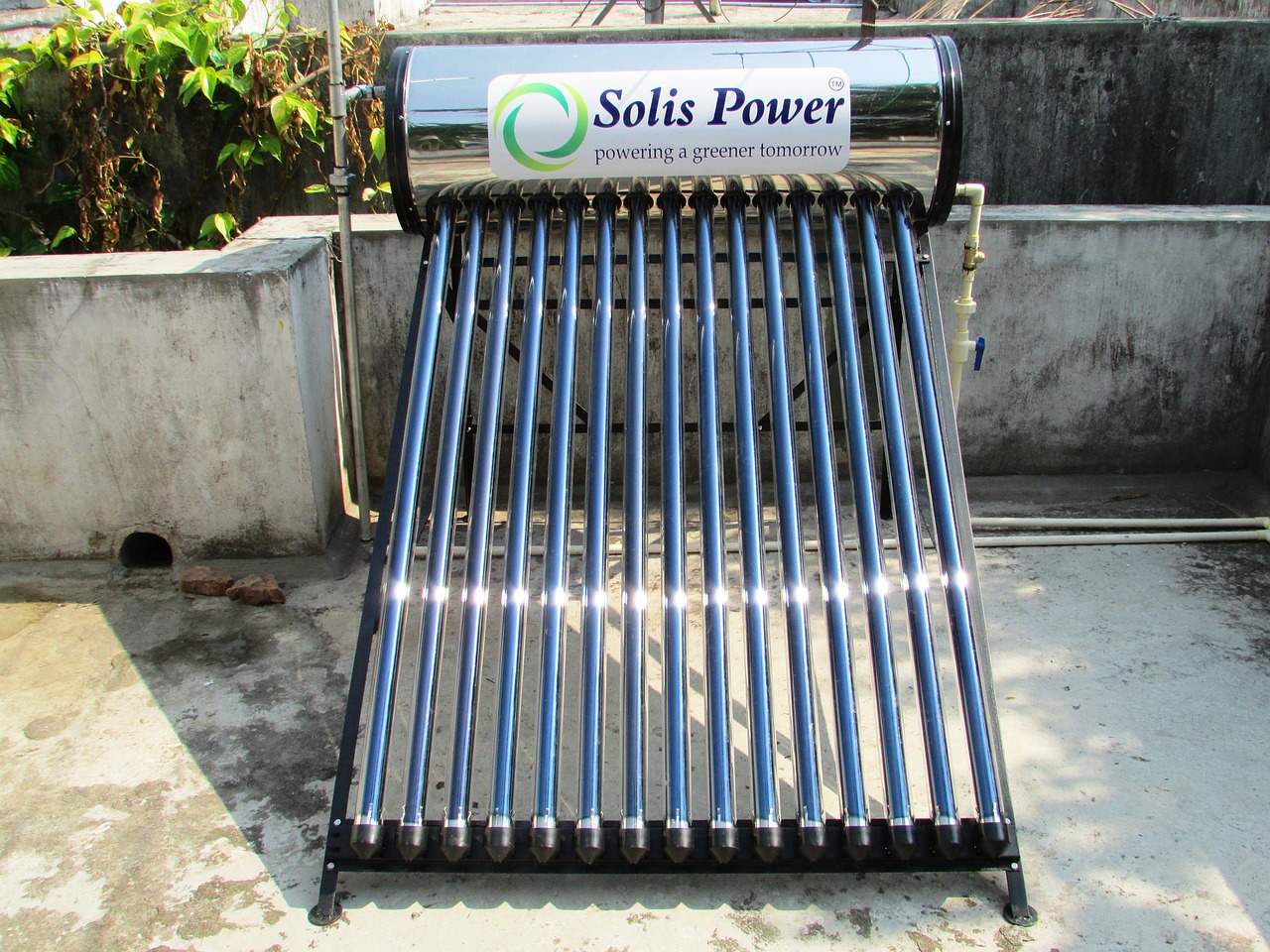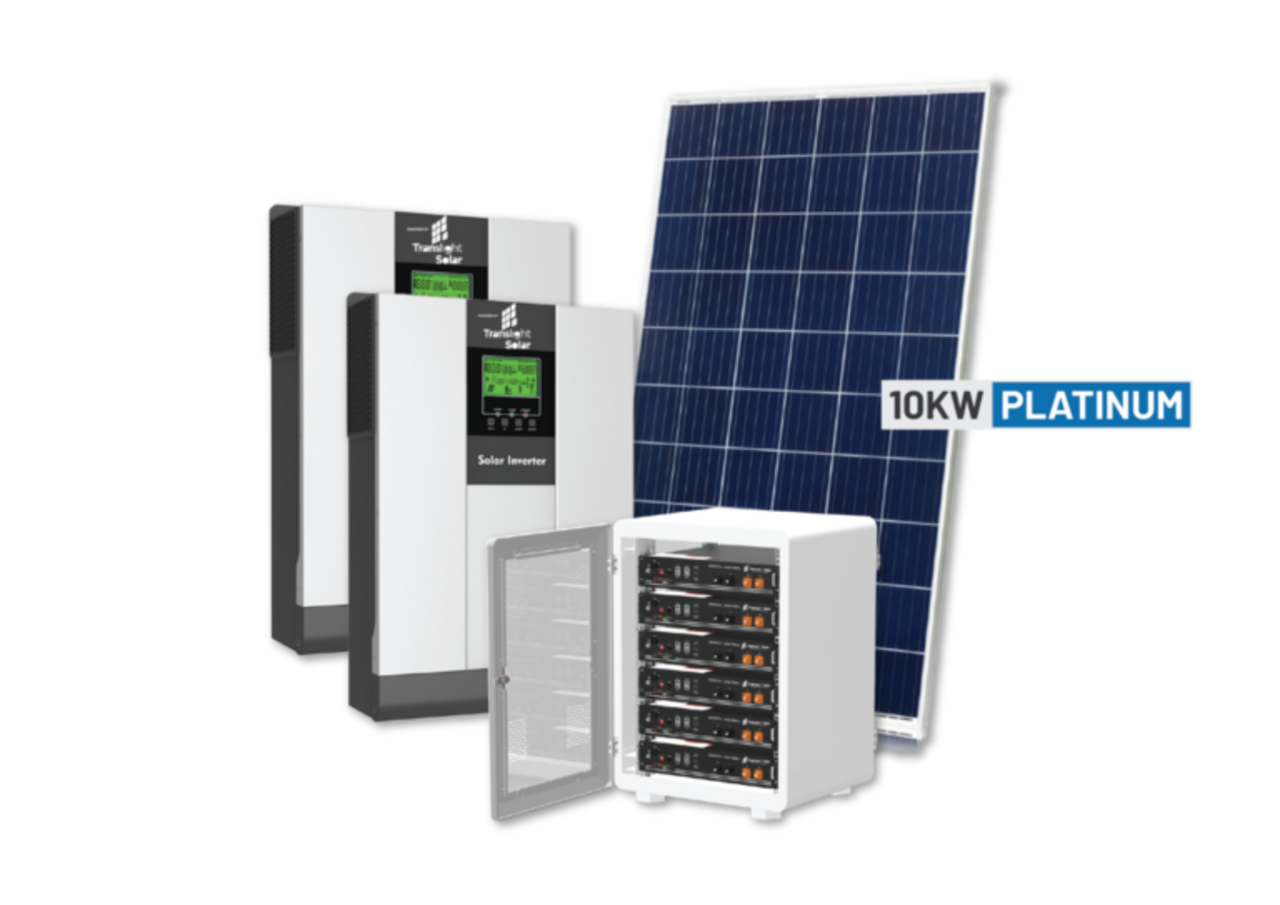




SOLAR
Solar technology refers to the methods and technologies for converting sunlight into usable forms of energy.
It includes photovoltaic systems, which convert the sun's rays directly into electricity, and solar thermal systems, which utilise the sun's heat for heating purposes or to generate electricity.
Today, solar technology plays a central role in the global endeavour to combat climate change by providing an emission-free source of energy. It promotes energy independence, lowers electricity costs and stimulates economic development by creating jobs in the renewable energy sector.
Solar technology also provides access to clean energy in remote areas, improving quality of life and supporting sustainable growth.
This technology plays a key role in the transition to renewable energy and supports climate protection by reducing greenhouse gas emissions.
PHOTOVOLTAICS
How photovoltaic systems work
Photovoltaic systems convert sunlight directly into electricity using solar cells made of semiconductor materials such as silicon. When light hits the cells, it excites electrons and thus generates a flow of electrical current that is utilised as energy.
An inverter then converts this direct current into alternating current, which can be used in the home or fed into the public grid.
Advantages of photovoltaics
Reduction of fossil fuel dependency: Photovoltaic systems reduce the need for coal, oil and gas, which leads to a more sustainable energy supply.
Reducing energy costs: Solar energy can reduce electricity bills as sunlight is free and the operating costs of PV systems are relatively low.
Generating renewable energy: Photovoltaic systems utilise the inexhaustible energy of the sun, which enables sustainable electricity generation.
Contribution to environmental protection through CO₂ savings: Using solar energy instead of fossil fuels reduces greenhouse gas emissions and contributes to climate protection.
Increasing energy autonomy: Households and companies can generate their own electricity with PV systems, which reduces dependence on external energy suppliers.
Financial benefits through subsidies and rewards: Many governments offer incentives and feed-in tariffs for the generation of solar energy, which makes investing in photovoltaics more attractive.
Areas of application for photovoltaics
Photovoltaics are used in private households to supply electricity and thus reduce energy costs. In industry, it serves as a source of process energy and supports sustainable production methods. In the urban environment, photovoltaics is driving the development of smart grids and e-mobility solutions.
SOLAR ENERGY PROVIDES NETWORK STABILITY
SOLAR THERMAL
How solar thermal systems work
Solar thermal systems capture solar heat with collectors and transfer it to a heat transfer medium. This heated medium then flows through the system to heat water or, in some systems, to support space heating. In this way, solar energy is efficiently utilised for heating purposes and hot water preparation.
Advantages of solar thermal energy
Efficient heat supply: Solar thermal energy utilises solar energy to heat water and rooms efficiently.
Energy cost savings: Reduces the cost of hot water and heating in the long term.
Reduction of CO2 emissions: Contributes to reducing the ecological footprint.
Independence from fossil fuels: Reduces dependence on gas and oil.
Low operating costs: After installation, operating costs are minimal.
Government subsidies: Many countries offer grants and financial incentives for solar thermal systems.
Long service life: Solar thermal systems have a long life expectancy with appropriate maintenance.
Areas of application for solar thermal energy
Solar thermal systems are used in residential buildings to provide hot water and support the heating systems. In swimming pools, they heat the water in an environmentally friendly and cost-effective way. Commercial facilities use solar thermal energy for process heat, which minimises energy consumption.
TYPES of SOLAR MODULES
Monocrystalline solar modules: Best efficiency, made from single silicon crystals.
Polycrystalline solar modules: Good efficiency, made up of several silicon crystals.
Thin-film solar modules: Flexible, lower efficiency, but cost-effective.
CIGS solar modules (copper indium gallium selenide): Thin-film technology with relatively high efficiency.
Amorphous silicon modules: A form of thin-film technology, cheap to manufacture.
PERC solar modules (Passivated Emitter Rear Cell): Higher efficiency due to improved rear-side passivation.
Bifacial solar modules: Can absorb light from both sides and convert it into electricity.
Glass-glass solar modules: Consist of two layers of glass, are robust and durable.
SOLAR PANELS
Efficiency of solar modules
Monocrystalline solar modules lead with an efficiency of around 15-20 %.
Polycrystalline modules follow with an efficiency of around 13-16 %.
Thin-film modules, including CIGS, typically vary between 10 and 13 % efficiency.
Amorphous silicon modules are around 7-10 %. PERC solar modules increase efficiency by up to 5 % compared to standard cells. Bifacial modules increase overall efficiency by utilising reflected light. Glass-glass modules offer increased longevity, but their efficiency is generally equal to that of the cell type used.
Module efficiency
Inverter
Function of the inverter
The inverter converts the direct current generated by solar modules into alternating current, which is required for household appliances and the power grid. It also optimises the performance of the solar system by adapting the electricity production to the grid conditions.
Types of inverters
String inverters: Connect a series of solar modules, suitable for uniform alignment without shading.
Micro inverters: Individual modules are controlled independently, ideal for uneven roof surfaces.
Power optimiser:
Combination of string inverter and module optimiser, maximises the output of each individual module.
Hybrid inverters: Enable both grid feed-in and connection to battery storage systems.
Multistring inverters: Allow the connection of several module strings, flexible with different orientations and inclinations.
Central inverters: Large system capacities, mainly used in trade and industry.
Requirements for the installation of solar technology
Factors influencing the location
Sunlight availability: Favour regions with high solar radiation.
Roof orientation and pitch: Ideally south-facing and an inclination of 30 to 35 degrees.
Shading: Avoid locations with shading from trees or buildings.
Climatic conditions: Regions with less extreme weather conditions are more favourable.
Local energy prices: High electricity prices can accelerate amortisation.
Government incentives: Regions with subsidy programmes are more attractive.
Grid connection: Proximity to the electricity grid for feeding surplus electricity into the grid.
Roof characteristics
Requirements for installation on the roof
The roof must be stable and capable of bearing the load of the solar modules. A south-facing orientation is ideal, but east or west orientations are also possible. The roof should also be shaded as little as possible to maximise the solar radiation.
SOLAR WORKSHOP
We test the set of experiments and learning materials with students and pupils in our in-house school laboratory iLUP (Innovation Lab University of Potsdam) so that we can be sure that nothing stands in the way of learning success.
In the final step, we scale up the experimental materials to a class set and pack all the materials in a sturdy box ... é voila, a new boXperiment is ready.
OPE Organic Photo Electronics
Our first boXperiment deals with the fascinating field of organic electronics. Curious? In the following video you can see the boXperiment on organic electronics in action.
OPE, which stands for Organic Photo Electronics, describes small, self-built cells in the context of the suitcase. These are OLEDs (Organic Light Emitting Diodes) on the one hand and OPVs (Organic Photovoltaics) on the other.
OLEDs have become an integral part of the modern world - they are everywhere, whether in displays or as comprehensive lighting. They are always small cells that emit light when connected to a voltage source. Electrical energy is converted into radiant energy (light).
OPVs, on the other hand, generate a voltage by absorbing light. For example, motors can be driven using light. Here, radiant energy is converted into electrical energy.
In both cases, an organic polymer forms the centrepiece of the cell. It acts as a semiconductor in the cells and converts one form of energy into the other. Organic semiconductors are versatile and can be synthesised and processed cost-effectively.
The OPE case is aimed at educational institutions of all kinds, but particularly at schools and universities. Students can build and analyse such a cell (both OLED and OPV) themselves using the materials contained in the kit. If the voltage of the self-made OPV is high enough, the enclosed small motor can also be operated. In the context of climate change and the FFF movement, the topic can be optimally integrated into lessons.
The materials included in the kit are so-called low-cost variants that are very similar to those used in large-scale industry. The polymers are those that are also used in research.
The OPE case can be used in an interdisciplinary way, it combines chemistry with physics, which is why it is often used by teachers for project work, for example. But it can also be ideally integrated into chemistry lessons on topics such as polymers, dyes or electrochemistry.
As almost all the materials (with the exception of the polymers) can be reused, the case also saves resources. Up to 240 cells can be built with one case. A ‘refill kit’ for the consumables is also available in the shop.
When you purchase the box, you will also receive a 100-page accompanying booklet with background information, worksheets, learning models, risk assessments and much more, including Word and PPT templates for customisation to your lessons.
DIY OPV step
Video Preparation of the FTO glass
0:10 Step 1a: Determine the conductive side of the FTO glass using a multimeter. - Determine the conductive side of the FTO-Glass with a multimeter.
0:50 Step 1b: Cleaning of the FTO-Glass. - Cleaning of the FTO-Glass.
2:00 Step 1c: Application of PEDOT:PSS.
Another box on the equally exciting field of printed electronics is under development (available in 2021)
University of Potsdam - Institute of Chemistry - Dep. of Chemistry Education
Karl-Liebknecht-Str. 24-25
14476 Potsdam
House 25, Room: D1.10-1.11
Phone: +49 (0) 331 977 5182
Email: abanerji@uni-potsdam.de